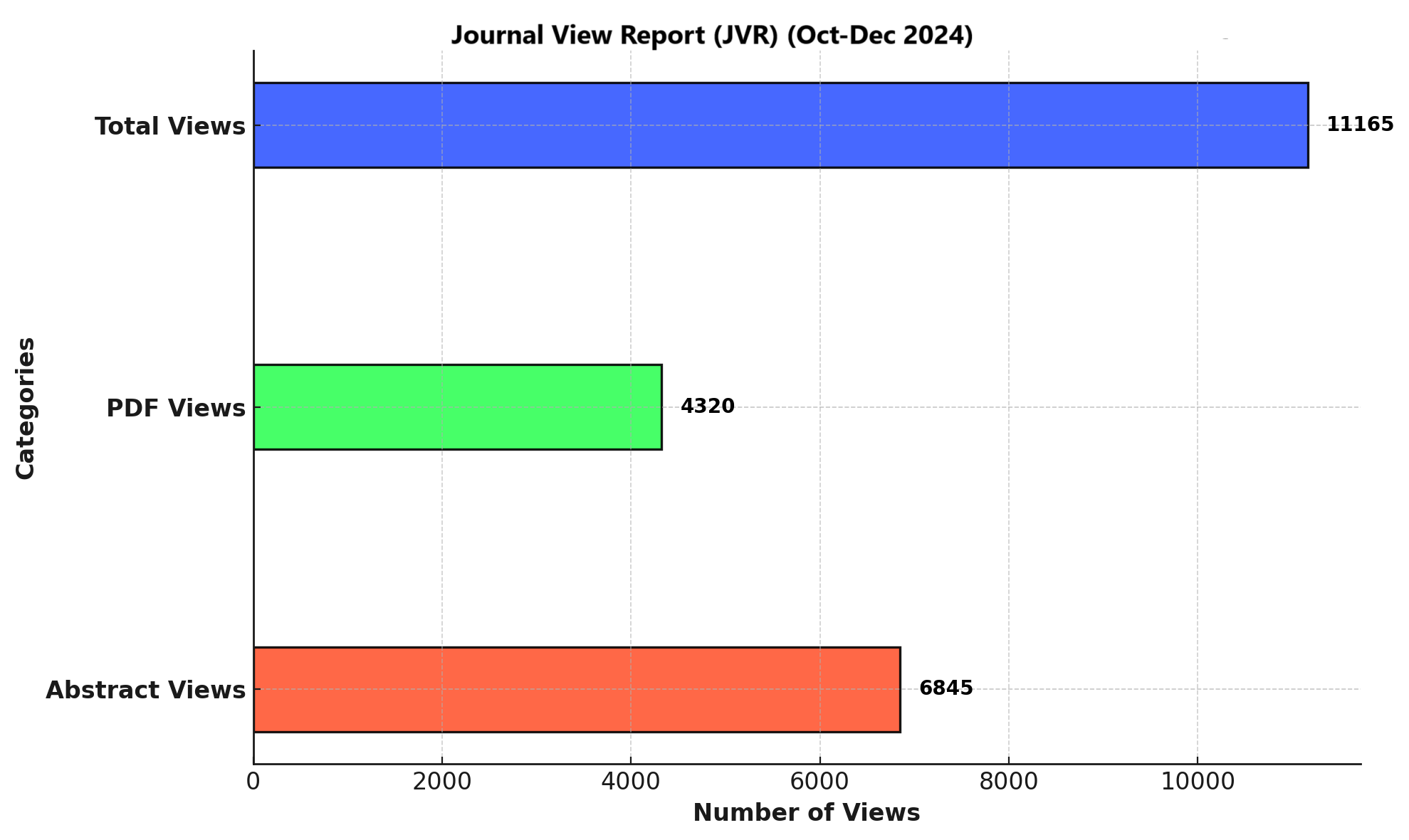EXPLORING THE ASSOCIATION AND DIFFERENCES BETWEEN SOCIAL MEDIA ADDICTION AND LIFE SATISFACTION AMONG MALE VARSITY BASKETBALL PLAYERS AND GENERAL VARSITY STUDENT POPULATION
DOI:
https://doi.org/10.71000/7q3dej70Keywords:
Life Satisfaction, Addiction, Basketball, Cross-Sectional Studies, Male, Social MediaAbstract
Background: In the current digital age, excessive use of social media has become a growing public health concern, particularly among university students. Social Media Addiction (SMA) is increasingly linked with adverse psychological outcomes, including reduced life satisfaction (LS). While existing literature addresses these variables in general populations, limited evidence explores their interrelation among student athletes, specifically male varsity basketball players.
Objective: To assess differences in Social Media Addiction and Life Satisfaction between male varsity basketball players and general varsity students, and to explore associations between these variables within both groups.
Methods: A quantitative cross-sectional design was employed. The sample consisted of 230 male participants (115 varsity basketball players, 115 general students) from 9 universities. Participants were selected using purposive sampling. Data collection tools included a demographic questionnaire, the Bergen Social Media Addiction Scale (BSMAS), and the Satisfaction with Life Scale (SWLS). Independent samples t-tests were used to compare group means, and simple linear regression assessed associations between SMA and LS. All data were analyzed using IBM SPSS v22.0, with a significance level set at p < 0.05.
Results: Male varsity basketball players had significantly lower SMA scores (M = 17.63, SD = 3.92) than general students (M = 19.33, SD = 4.24), t(228) = 3.148, p = .002, Cohen’s d = 0.416. No significant difference was found in LS scores between groups, t(228) = -0.213, p = .831. A significant negative association between SMA and LS was observed among varsity basketball players (β = -0.202, p = .031, R² = 0.031), but not in the general student population (p = .472).
Conclusion: Findings suggest that male varsity basketball players are less prone to social media addiction, and lower SMA is associated with better life satisfaction in this group. Universities should consider integrating digital literacy and time management programs to promote psychological well-being among students.
Downloads
Published
Issue
Section
License
Copyright (c) 2025 Ahsan Ali Saeed, Fariq Ahmed, Asif Ali, Muhammad Farooq Shahan, Muhammad Afaq, Muhammad Azam (Author)

This work is licensed under a Creative Commons Attribution-NonCommercial-NoDerivatives 4.0 International License.







